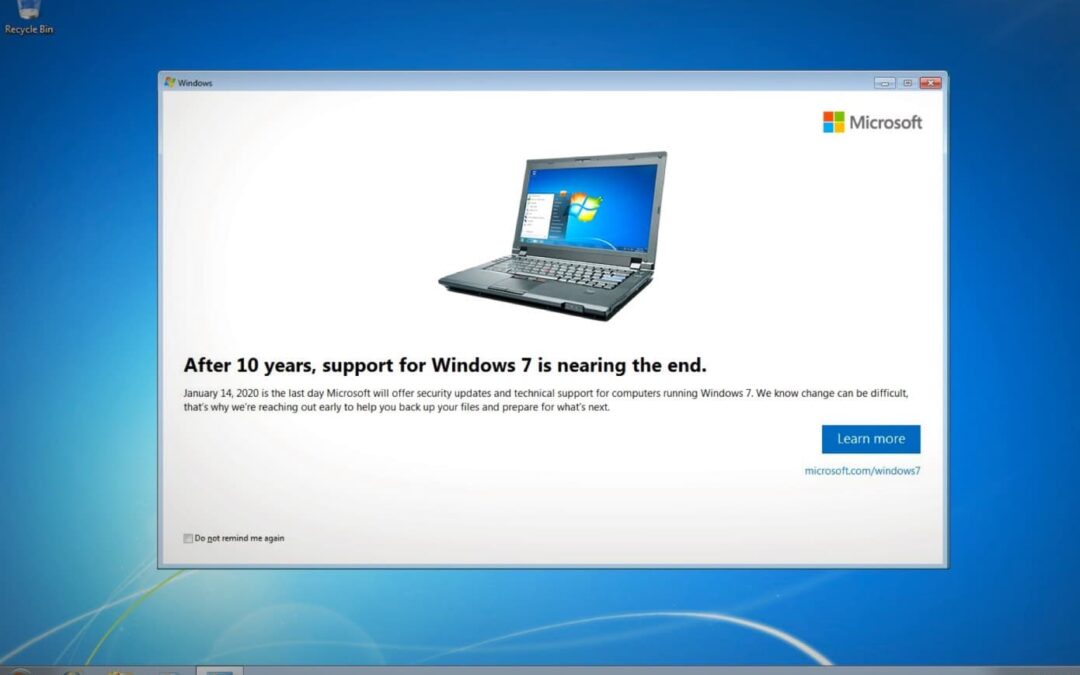Small businesses are increasingly relying on cloud-based services to store, share, and collaborate on documents and data. For that reason, it is important for business owners to know the different security features offered by the two leading cloud-based services, Office 365 and Google Workspace. In this article, we will compare the security features of Office 365 and Google Workspace to help small business owners make an informed decision when choosing a cloud-based service.

Overview of Office 365
Since its launch in 2011, Office 365 has become one of the most popular cloud-based services used by small businesses. It provides a suite of services such as email, online storage, collaboration tools, and more.
Office 365 Security Features
Office 365 offers a range of security features that help protect data from unauthorized access, theft, and malware. These features include:
- Encryption – Office 365 encrypts data at multiple points, including in transit, in storage, and when it is accessed by users.
- Two-Factor Authentication – Office 365 allows users to enable two-factor authentication to protect their accounts from unauthorized access.
- Mobile Device Management – Office 365 allows users to manage their mobile devices and protect the data stored on them with encryption and remote wiping.
- Security Reports and Alerts – Office 365 provides users with security reports and alerts that notify them of any suspicious activity or potential threats.
Office 365 Compliance
Office 365 also provides users with compliance features that help them meet regulatory requirements and industry-specific standards. These features include:
- Data Loss Prevention – Office 365 helps users detect, monitor, and protect sensitive data from unauthorized access, theft, and leakage.
- Rights Management – Office 365 provides users with the ability to manage user permissions and access to sensitive data.
- Auditing – Office 365 provides users with the ability to track user activity and access to data.

Overview of Google Workspace
Google Workspace, formerly known as G Suite, is a cloud-based suite of services that includes Gmail, Drive, Docs, Sheets, and more. It is used by millions of users worldwide.
Google Workspace Security Features
Google Workspace offers a range of security features that help protect data from unauthorized access, theft, and malware. These features include:
- Encryption – Google Workspace encrypts data in transit, in storage, and when it is accessed by users.
- Two-Factor Authentication – Google Workspace allows users to enable two-factor authentication to protect their accounts from unauthorized access.
- Mobile Device Management – Google Workspace allows users to manage their mobile devices and protect the data stored on them with encryption and remote wiping.
- Security Reports and Alerts – Google Workspace provides users with security reports and alerts that notify them of any suspicious activity or potential threats.
Google Workspace Compliance
Google Workspace also provides users with compliance features that help them meet regulatory requirements and industry-specific standards. These features include:
- Data Loss Prevention – Google Workspace helps users detect, monitor, and protect sensitive data from unauthorized access, theft, and leakage.
- Rights Management – Google Workspace provides users with the ability to manage user permissions and access to sensitive data.
- Auditing – Google Workspace provides users with the ability to track user activity and access to data.

Comparing Office 365 and Google Workspace Security Features
When comparing Office 365 and Google Workspace, it is important to consider the security features that each platform offers. Both platforms offer encryption, two-factor authentication, mobile device management, security reports and alerts, and compliance features. However, there are some differences between the two platforms.
Encryption
Both Office 365 and Google Workspace offer encryption to protect data from unauthorized access, theft, and malware. However, Office 365 offers stronger encryption than Google Workspace.
Two-Factor Authentication
Both Office 365 and Google Workspace offer two-factor authentication to protect user accounts from unauthorized access. However, Office 365 offers more options for two-factor authentication than Google Workspace.
Mobile Device Management
Both Office 365 and Google Workspace offer mobile device management to protect the data stored on mobile devices. However, Office 365 offers more comprehensive mobile device management than Google Workspace.
Security Reports and Alerts
Both Office 365 and Google Workspace offer security reports and alerts to notify users of any suspicious activity or potential threats. However, Office 365 offers more comprehensive security reports and alerts than Google Workspace.
Compliance
Both Office 365 and Google Workspace offer compliance features to help users meet regulatory requirements and industry-specific standards. However, Office 365 offers more comprehensive compliance features than Google Workspace.
When choosing a cloud-based service for small businesses, it is essential to consider the security features offered by the two leading services, Office 365 and Google Workspace. While both platforms offer encryption, two-factor authentication, mobile device management, security reports and alerts, and compliance features, Office 365 offers stronger encryption, more two-factor authentication options, more comprehensive mobile device management, more comprehensive security reports and alerts, and more comprehensive compliance features than Google Workspace. Therefore, for businesses that need enhanced security and compliance, Office 365 is the better choice.

Make Working from Home Work for Your Team
Millions of Americans are now working from home with no clear understanding of when they might be able to return to their office. As a result, many small to mid-sized businesses are not prepared for this sudden shift to remote working and are struggling to maintain...

Prepare Your Team to Work From Home
People are working from home and social distancing has become our new reality. Companies are wondering how to keep business running close to normal while ensuring the safety of their employees. Creating a successful remote working environment is critical for reducing...

What Is a Virtual CIO and Why Do You Need One?
Now more than ever, it's critical to manage your company's data and information. This includes keeping the data safe and making sure you have an IT strategy. Most small to medium-sized businesses do not have the resources or the need for a full-time CIO to handle...

Are you ready for Windows 7 end of life?
As of January 14th, 2020, Microsoft will no longer offer free support to any Windows 7 PC. What does this mean for the millions of workspaces still running on Windows 7? From a technical standpoint, you’ll always be able to use the machine; however, do so at extreme...
